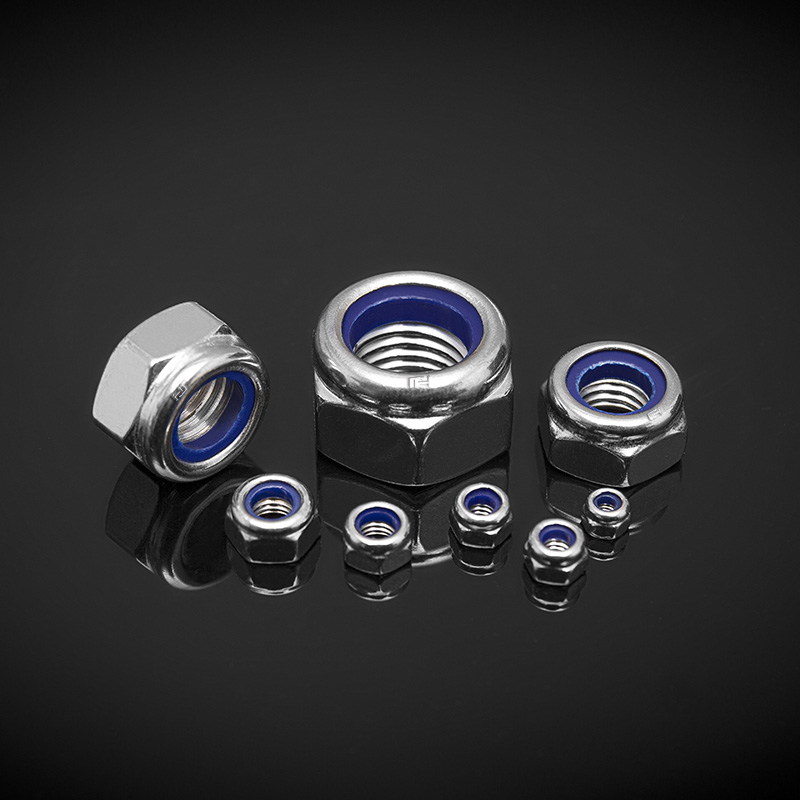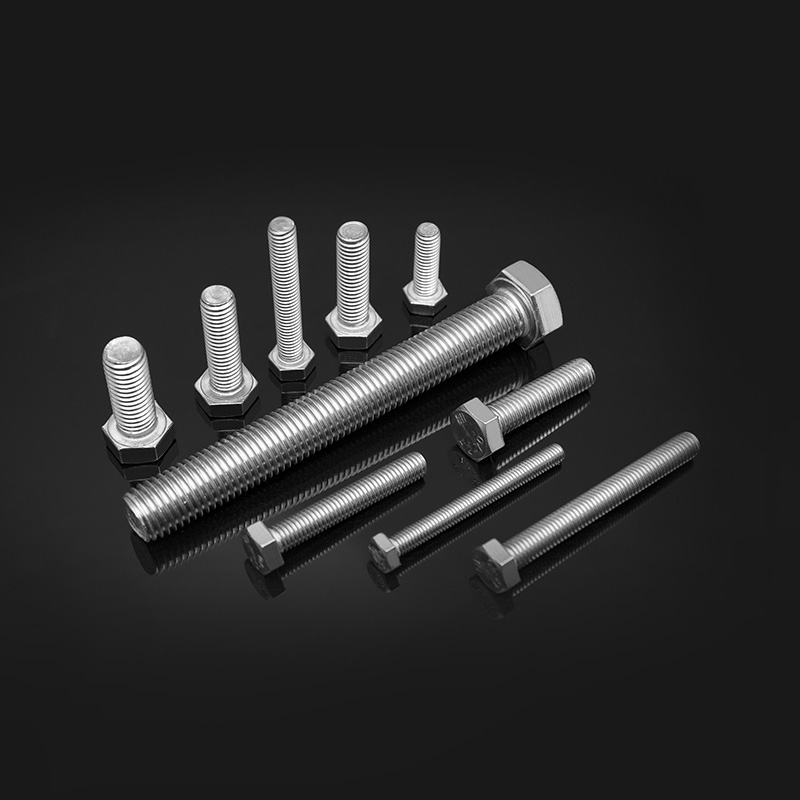+86 189 6101 2359
+86 133 6521 5663
+86 138 5268 6835
When working with stainless steel fasteners, it’s common to see terms like bolt, screw, and stud used interchangeably. While they may look similar at first glance and are all used to join materials together, each of these fasteners has a unique design, purpose, and method of application. Understanding the differences is critical for choosing the right component in construction, automotive, marine, or machinery-related projects—especially when corrosion resistance and mechanical strength are important.
Content
A bolt is a type of fastener that typically requires a nut to secure it in place. It has a uniform diameter shaft, partially or fully threaded, with a head on one end. Bolts are usually inserted through pre-drilled holes in two or more materials and fastened with a nut from the other side.
Used with a mating nut and often washers
Requires access to both sides of the assembly
Offers strong clamping force
Typically installed with a wrench or socket tool
Head styles include hex, carriage, and flange
Structural steel connections
Machinery assembly
Automotive frames and engines
Construction hardware
A stainless steel hex bolt in an engine mount provides durable, corrosion-resistant clamping in high-vibration environments.
A screw is a fastener that creates its own mating thread when driven into a material, or it engages with a pre-threaded hole. Unlike bolts, screws don’t typically require nuts. Screws may have pointed ends for penetrating materials like wood or plastic or flat ends for machine-thread applications.
Usually used without a nut
Driven directly into material
Has a wide variety of thread forms and tip styles
Often installed using a screwdriver or power tool
Designed for either self-tapping or mating with threaded holes
Sheet metal work
Woodworking and cabinetry
Electrical boxes and panels
Marine equipment, especially where corrosion resistance is essential
A stainless steel pan-head screw is often used to fasten an access panel onto a stainless steel enclosure.
A stud is a threaded rod or shaft with threads on both ends—or in some cases, continuously threaded from end to end. Unlike screws or bolts, studs do not have a head. They are typically installed by threading one end into a tapped hole and securing the other end with a nut.
Studs offer superior alignment and clamping in applications where repeated removal and reassembly are necessary.
No head; threaded on both ends or fully threaded
Provides permanent anchoring on one side
Allows repeated nut removal without damaging internal threads
High strength, often used in high-pressure applications
Cylinder head mounting in engines
High-temperature or high-pressure piping systems
Flanged joints in process equipment
Equipment foundations where space is tight
A stainless steel double-end stud in a flange connection offers long-term corrosion resistance in chemical plants or refineries.

Comparison Table: Bolt vs Screw vs Stud
| Feature | Bolt | Screw | Stud |
|---|---|---|---|
| Requires Nut | Yes | No | Yes (on at least one end) |
| Has Head | Yes | Yes | No |
| Thread Type | Partial or full | Self-tapping or machine threads | Double-ended or fully threaded |
| Installation Tool | Wrench or socket | Screwdriver or drill | Wrench (for nut), sometimes thread locker |
| Material Penetration | Through-hole, needs back access | Can be driven directly into material | One end embedded, one end uses nut |
| Typical Uses | Structural fastening, assemblies | Lightweight joins, electronics, cabinetry | High-stress joins, flanges, engine parts |
| Reusability | Moderate | Variable (self-tapping may damage holes) | High (nut-only removal) |
Whether you're using bolts, screws, or studs, stainless steel offers several advantages:
Excellent corrosion resistance: Ideal for marine, chemical, and outdoor environments
Strength and durability: Withstands high loads and harsh conditions
Aesthetic finish: Clean and shiny appearance, often used where visual appeal matters
Non-magnetic options: Some grades (like 316) offer non-magnetic performance
Temperature resistance: Suitable for both low- and high-temperature environments
Common stainless steel grades include:
304: General-purpose, good corrosion resistance
316: Marine-grade, excellent in chloride environments
410 or 420: Hardened stainless steels with increased wear resistance
Choosing between a stainless steel bolt, screw, or stud depends on several factors:
1.Access to the Joint
If you can access both sides of the assembly, bolts or studs are appropriate.
If only one side is accessible, use screws.
2.Load Requirements
Bolts and studs offer higher tensile and shear strength for heavy-duty use.
Screws are better for lightweight or moderate-load applications.
3.Material Being Fastened
Screws work well with wood, plastic, and thin metals.
Bolts and studs are preferred for metal-to-metal connections or structural frameworks.
4.Ease of Maintenance
Studs are best for frequent disassembly because they reduce wear on internal threads.
Screws can be less durable if removed frequently, especially self-tapping types.
5.Corrosion Exposure
Always match the stainless steel grade to the environment—use 316 for marine or chemical applications.
While bolts, screws, and studs may seem similar, they serve different roles in mechanical design and construction. Bolts are strong and secure with a nut, ideal for heavy-duty joining. Screws offer convenience and ease for lighter or single-sided access installations. Studs provide precise alignment and high strength, especially in critical assemblies where frequent maintenance is needed.
Choosing the correct type of stainless steel fastener depends on the application, environment, and mechanical load requirements. By understanding the distinctions between these fasteners, you can improve the reliability, safety, and longevity of your projects, whether they involve marine equipment, industrial machines, or precision-engineered structures.

ThreadTolerance: 6gstandardDIN 13-15、DIN 13-12Rod diameter dd≤M20:A2-70、A4-70;M20<d≤M39:A2-50、A4-50;d≥M39:C3、C4;d<M39
See DetailsCopyright © Jiangsu Huajie Stainless Steel Products Co., Ltd. All Rights Reserved.
Stainless Steel Fasteners Manufacturers